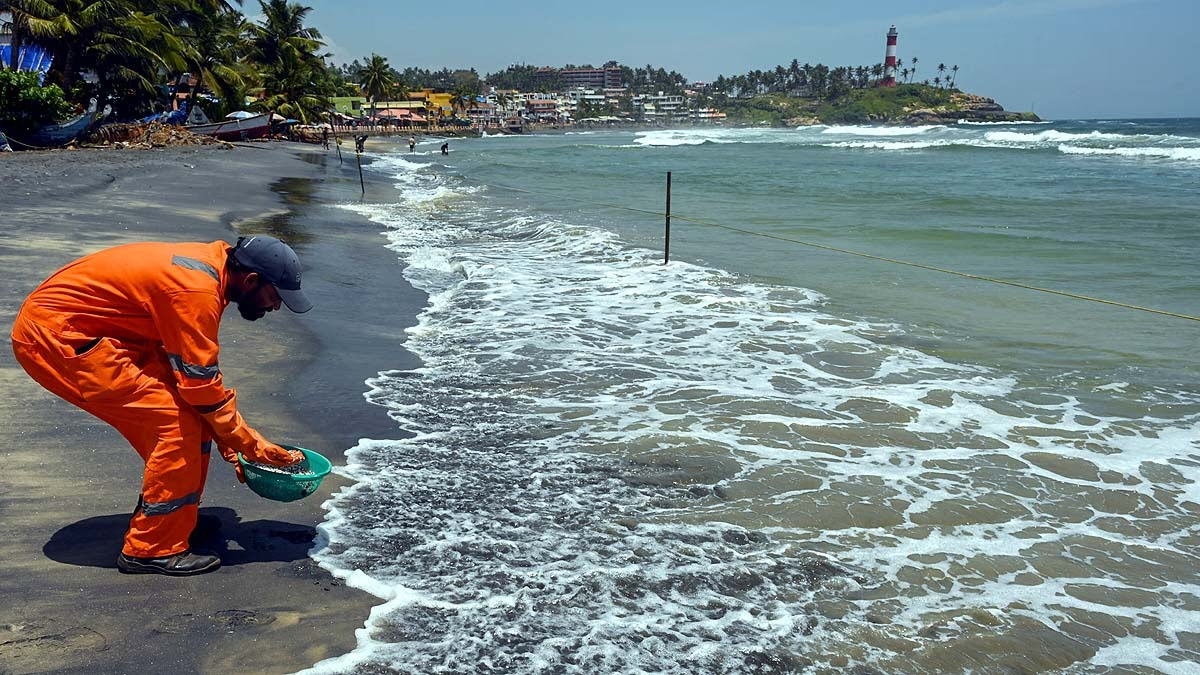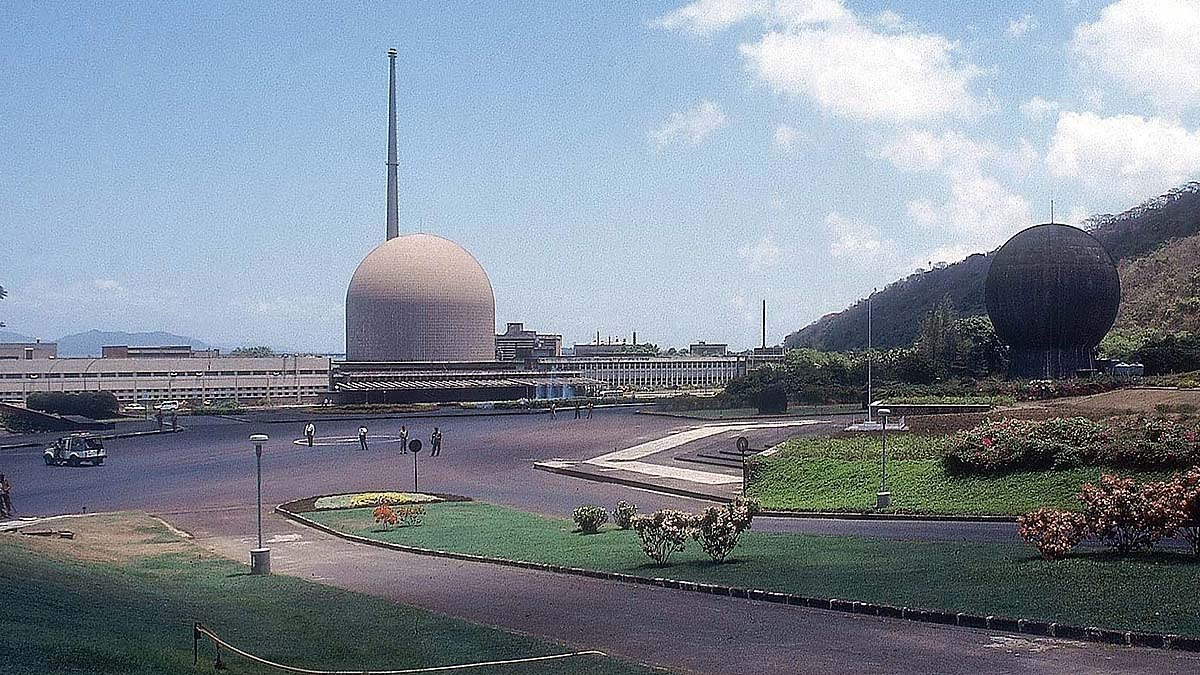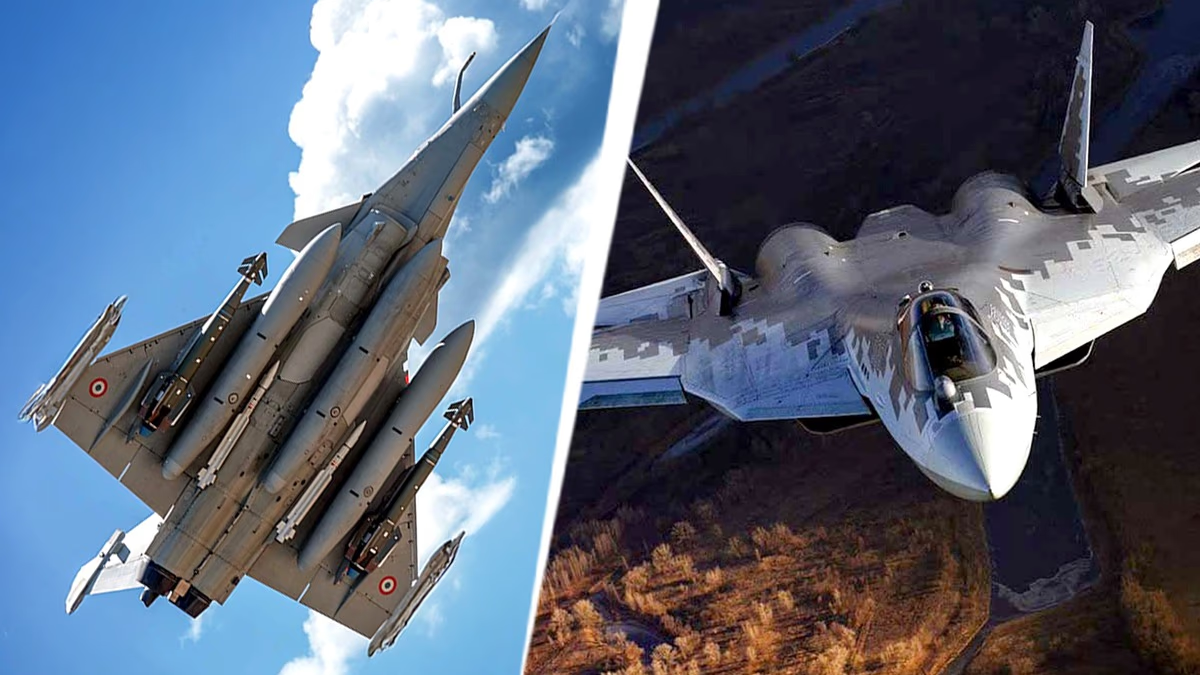Tragic fatalities have ensued from a catastrophic plane crash at Nepal’s international airport. The aircraft, operated by Saurya Airlines, was set to fly from Kathmandu to Pokhara when it crashed during takeoff. This is reminiscent of a major air accident last January where all on board perished. According to Nepal's Civil Aviation Authority, there have been at least 104 plane crashes since 1955, 44 of which were deadly, claiming over 900 lives. This recent incident is not included in these numbers. It often raises the question of why air accidents are so frequent in Nepal.
Turbulent Terrain
In 2019, Nepal's Civil Aviation Authority published a safety report acknowledging that the country’s challenging terrain poses difficulties for flying. Eight of the world's 14 tallest mountains, including Everest, are located in this small country. While they attract tourists, they make flying particularly hazardous.
Adverse weather further complicates the situation. During the monsoon, Nepal’s aviation industry relies on specific types of aircraft capable of taking off and landing in short distances.
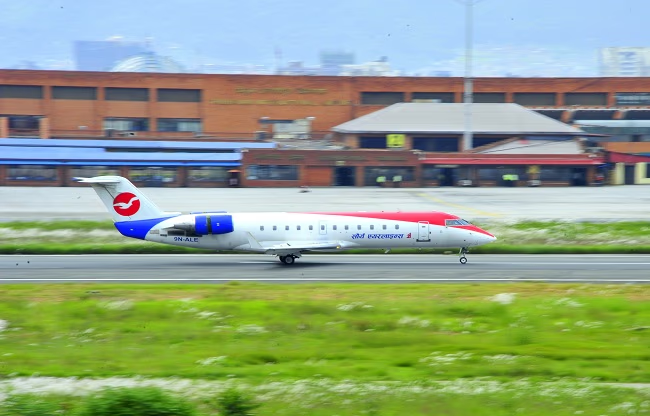
Source: aajtak
Small Planes, High Risks
To access mountainous regions, Nepal's aviation favors small aircraft, which require less runway. However, this preference contributes to accidents. The Civil Aviation Ministry points out that 19-seat planes or similar capacities are more prone to imbalance and crashes.
One of the World’s Riskiest Airports
Nepal's Tenzing-Hillary Airport, also known as Lukla Airport, is deemed one of the world’s scariest. It is situated at 9,325 feet near Mount Everest amid snow-capped peaks. The airport’s short runway limits operations to small planes. With mountains on one side and a sheer drop on the other, this northeastern airport is dubbed the world’s most dangerous.
Safety Standards under Scrutiny
Despite warnings, outdated aircraft continue to be used in Nepal. These planes are unreliable in bad weather. Recognizing this, the International Civil Aviation Organization partnered with Nepal to reduce air accidents, improving safety standards though accidents persist.
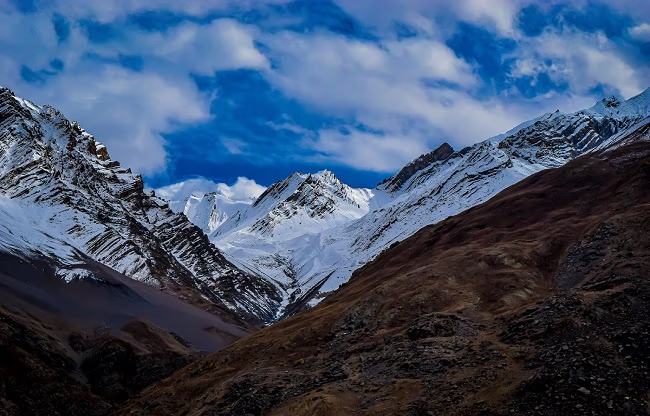
Source: aajtak
Pilot Navigation via Visual Flight Rules
According to an Al Jazeera report, Nepal's domestic flights still rely on Visual Flight Rules (VFR), which involve pilots navigating by sight. Sudden weather changes can thus cause critical situations. In a country with rapidly changing weather like Nepal, VFR is contentious.
Domestic airlines argue that VFR is appropriate for flights to remote high-altitude locations like Dolpo, Jumla, and Simikot. Instrument Flight Rules (IFR) are preferable during poor visibility conditions like dense fog.


